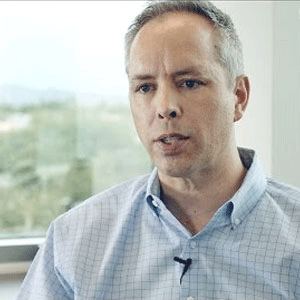THANK YOU FOR SUBSCRIBING

How to align Supply Chain with Corporate Strategy
Chanaka Rathnayake, Senior Production Manager (Packaging) at The HEINEKEN Company


Chanaka Rathnayake, Senior Production Manager (Packaging) at The HEINEKEN Company
Corporate strategy is the organization's long-term goal, highlighting the key priorities to align with the business ability and financial stability of the organization. Most companies phase growth as a critical priority by delivering top-line growth accelerated investment to customer & consumer needs. Also, setting up capital efficiency and profitability by delivering cost-saving recovery beyond the operating leverage. Sustainability and responsibility play a vital role in the strategy for environmental, social, and responsible agenda.
Supply Chain is the key function in any organization, which gives the direct drive to strengthen the business ability of the organization
Supply Chain is the key function in any organization, which gives the direct drive to strengthen the business ability of the organization. Hence the alignment of Supply Chain strategy with corporate business strategy is the most important dimension in strategic planning.
Key Steps to align Supply Chain with Corporate Strategy
Define a clear strategy
The vision, mission, goals, objective & strategy are developed in the defining phase by identifying the organization's behavioral and procedural norms.
This is called company values. Vision is the dream of what the organization wants to be in the future, and mission is the purpose of the organization, which creates value for the customer to create a demand. Goal(s) is a direction, not a tangible structure, and it’s a mindset that is storming the brain of the team. Clear goals direct the organization for the business ability and the financial strength of the organization. The way of adaptation and adaptation to the company values is a main component in the strategy-defining phase.
Identify the key priorities in Supply Chain
There is an essential requirement to identify the supply chain's key priorities by aligning with each other pillars in the corporate strategy. Sales & Marketing, Finance, People & Development, and Corporate Affairs are the other main pillars of corporate strategy. Prioritization is the process that identifies the SC core competence and competitive differentiation of the goals to support other pillars to achieve corporative objectives.
Develop Supply Chain KPIs align with corporate strategy
Once clearly define the business priorities, the Key Performance Indicators need to be developed to align with corporate business strategy. These priorities should be clearly aligned with the business goals in the next strategic years.
There are key factors in identifying priorities and those are; Moral of the organization, level of flexibility, performance & productivity, motivation (goal-directed behavior, Intensity behavior, persistence behavior), trust and confidence, work autonomy, innovation, job engagement, transparency and diversity.
Supply chain Roadmap on a page
Finally, the supply chain roadmap can be developed on a page by including SC Vision, Mission & Goals to align with corporate strategy. The long-term corporate business priorities need to be clearly highlighted in this strategy with the ‘must win battles’ (where will win, how will win, Measures of success. And key enablers) and key resources in the SC operations.
Engage Leaders and teams
Selecting the right leaders and teams is the most critical & important activity in the engagement stage after finalizing the strategy on a page. Initially, the strategy drivers need to enhance their skills on knowledge, know-how, applicability, analytical skills, and sensationalized skills on the strategy. Then the roles and responsibilities need to be clearly defined and assigned to the leaders & team members.












